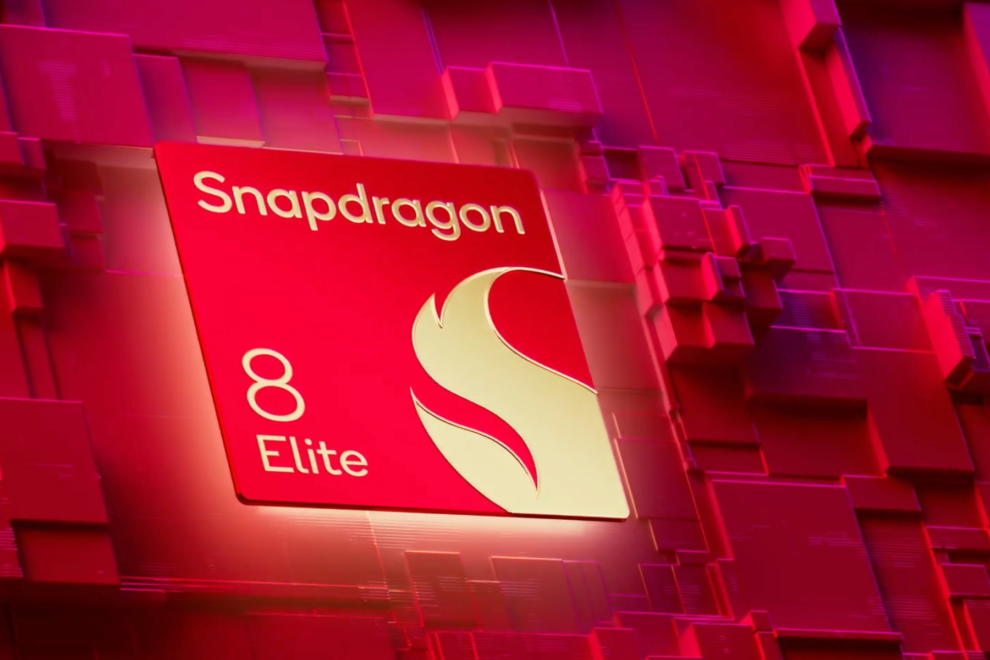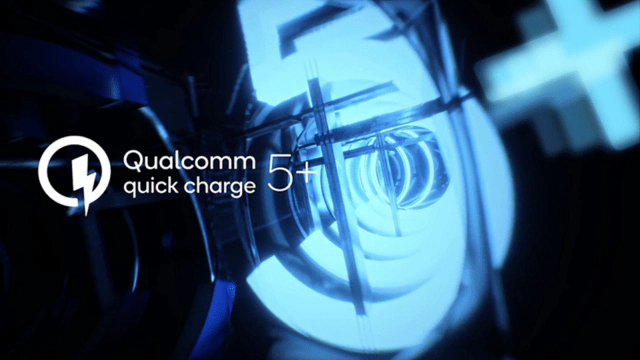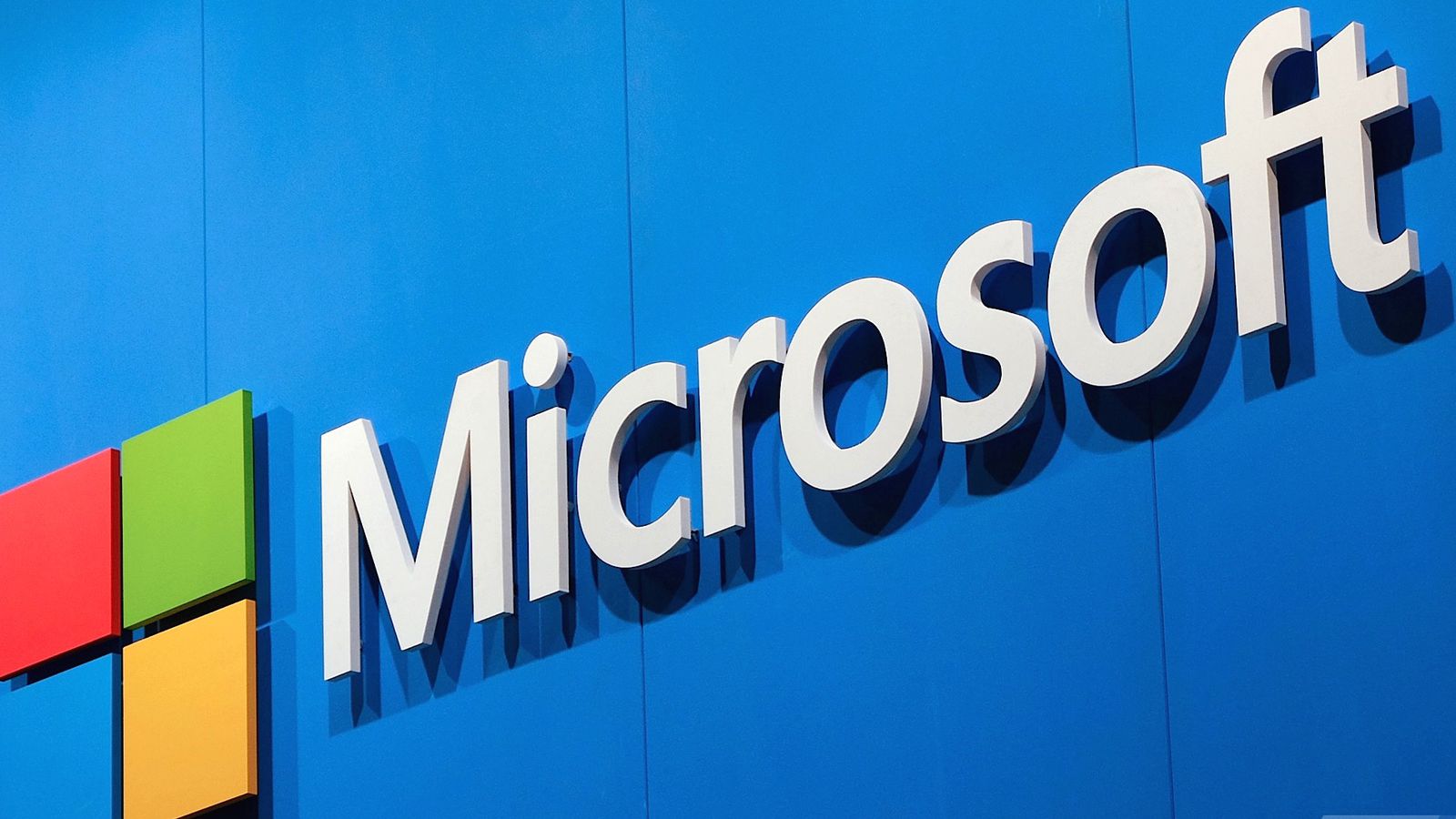Prepare for a seismic shift in smartphone performance. As the dust settles on the current generation of flagship phones, whispers and leaks are intensifying around Qualcomm’s next top-tier mobile processor, the chip poised to power the most desirable Android devices of late 2025 and well into 2026. While its official moniker is still under wraps – some speculate “Snapdragon 8 Gen 5,” others “Snapdragon 8 Elite 2,” following the recent “Snapdragon 8 Elite” designation seen in some contexts for the current powerful chip – what’s clear is that a significant leap in speed, intelligence, and efficiency is on the horizon. The question on everyone’s mind: which phones will be the first to wield this immense power?
The mobile technology landscape evolves at a breakneck pace. Just when you think smartphones can’t get any faster or smarter, chip manufacturers push the boundaries further. Qualcomm has consistently been at the forefront of this charge with its Snapdragon 8-series processors, powering the cream of the Android crop for years. The upcoming chip, which we’ll refer to here as the “Snapdragon 8 Elite 2” based on recent prominent leaks hinting at this specific branding for the next generation, is expected to continue this tradition, setting new benchmarks for mobile computing.
Sources familiar with Qualcomm’s roadmap suggest a late September or October 2025 announcement for this next-generation silicon. This timing aligns perfectly with the typical launch cycle for many major Android flagships, making the list of potential early adopters somewhat predictable, yet still incredibly exciting.
What makes the Snapdragon 8 Elite 2 so anticipated? Rumors point towards significant architectural changes, potentially building upon the performance gains seen with Qualcomm’s custom Oryon CPU cores introduced in their recent chips. We could see further refinements to these high-performance cores, coupled with enhanced efficiency cores, to deliver a potent mix of raw power for demanding tasks like gaming and video editing, alongside improved battery life for everyday use.
The graphical prowess is also expected to see a substantial boost. Qualcomm’s Adreno GPUs consistently deliver leading graphics performance in the mobile space, and the next iteration is likely to push frame rates higher, enable more realistic mobile gaming experiences with advanced rendering techniques like ray tracing, and accelerate complex visual tasks.
Beyond raw speed, artificial intelligence capabilities are set to take center stage. On-device AI processing is becoming increasingly important for features ranging from advanced photography computational tricks to personalized user experiences and enhanced security. The Snapdragon 8 Elite 2 will undoubtedly feature a more powerful and versatile AI engine, capable of handling more complex AI workloads directly on the phone, leading to faster and more private AI-powered features.
Now, let’s talk about the phones. Based on historical launches, industry partnerships, and persistent rumors, several manufacturers are prime candidates to be among the first to integrate the Snapdragon 8 Elite 2 into their flagship offerings.
Leading the pack are often the Chinese smartphone giants, known for quickly adopting Qualcomm’s latest and greatest. Xiaomi is a strong contender. Their numbered series, typically launching in China towards the end of the year, has historically been among the first to feature the newest Snapdragon 8 series chipsets. We fully expect the Xiaomi 16 series, likely including the Xiaomi 16 and Xiaomi 16 Pro, to debut with the Snapdragon 8 Elite 2. Xiaomi often aims to be first to market with the new chip, creating significant buzz. Their Ultra model, perhaps the Xiaomi 16 Ultra, would also undoubtedly pack this top-tier processor, pushing the boundaries of mobile photography and overall performance.
OnePlus is another brand with a close relationship with Qualcomm. The OnePlus 14, following their annual release cycle, is a prime candidate for the Snapdragon 8 Elite 2, likely launching in early 2026 globally after a potential late 2025 China announcement. OnePlus has consistently delivered high-performance flagships, and the next-gen Snapdragon chip would be crucial for them to maintain their competitive edge in speed and responsiveness.
Korean electronics titan Samsung, while also utilizing their in-house Exynos processors in some regions, traditionally relies heavily on Snapdragon for their top-tier Galaxy S Ultra models and often for their entire S series lineup in key markets like the United States. The Samsung Galaxy S26 series, particularly the Galaxy S26 Ultra, is almost guaranteed to feature a version of the Snapdragon 8 Elite 2, perhaps even a specially optimized “for Galaxy” variant as seen in previous years. Samsung’s massive scale and global reach make them a critical partner for Qualcomm. The standard Galaxy S26 and Galaxy S26+ models are also highly likely to feature the chip, though regional differences with Exynos could still exist.
Beyond these major players, several other brands are strong possibilities for early adoption. Vivo and OPPO, under the BBK Electronics umbrella, have a history of featuring Qualcomm’s flagship chips in their high-end devices. The Vivo X200 series, particularly the rumored Vivo X200 Ultra with its focus on camera technology, is a strong candidate. Similarly, the OPPO Find X9 series, including a potential Find X9 Ultra, is expected to showcase the Snapdragon 8 Elite 2, pushing the envelope in design and performance.
Gaming-centric brands like ASUS with their ROG Phone series also heavily rely on the most powerful Snapdragon chips for maximum gaming performance. The ASUS ROG Phone 10 series would be a natural fit for the Snapdragon 8 Elite 2, designed to deliver the smoothest, most responsive gaming experience possible on a mobile device.
Finally, iQOO, another brand with ties to Vivo and a focus on performance, is likely to feature the new chip in their next flagship, possibly the iQOO 14 series. iQOO often delivers high-performance devices at competitive prices, making the inclusion of the Snapdragon 8 Elite 2 a key selling point. Realme’s high-end GT series, like the anticipated Realme GT 8 Pro, could also join the ranks of Snapdragon 8 Elite 2 powered phones, offering flagship-level performance.
It’s important to remember that while these phones are strong candidates based on historical trends and current rumors, the mobile industry landscape can shift. Unexpected partnerships can form, and product roadmaps can change. However, the brands listed here have consistently been at the forefront of adopting Qualcomm’s most powerful mobile platforms.
The arrival of the Snapdragon 8 Elite 2 promises a new wave of mobile innovation. Expect to see phones that are not only faster and more capable but also smarter and more intuitive, thanks to the advancements in AI processing. Whether you’re a mobile gamer chasing the highest frame rates, a photography enthusiast demanding the best computational photography, or simply someone who wants the absolute best performance from their smartphone, the phones powered by the Snapdragon 8 Elite 2 are the ones to watch in the coming months. The race to integrate this powerhouse chip is on, and it’s set to make the next generation of flagship smartphones truly remarkable.








